Mercati di Traiano Museo dei Fori Imperiali
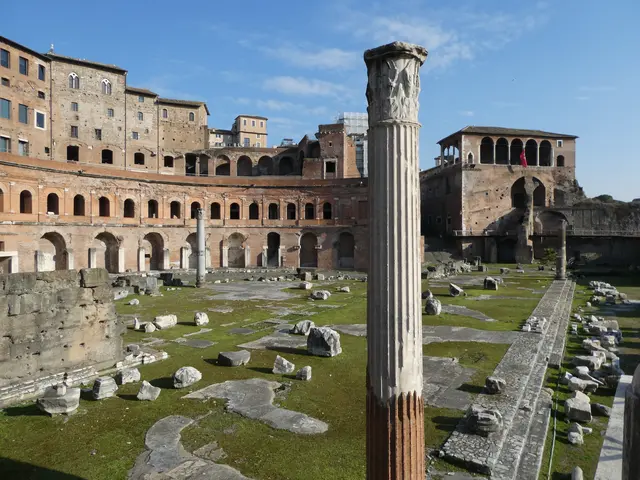
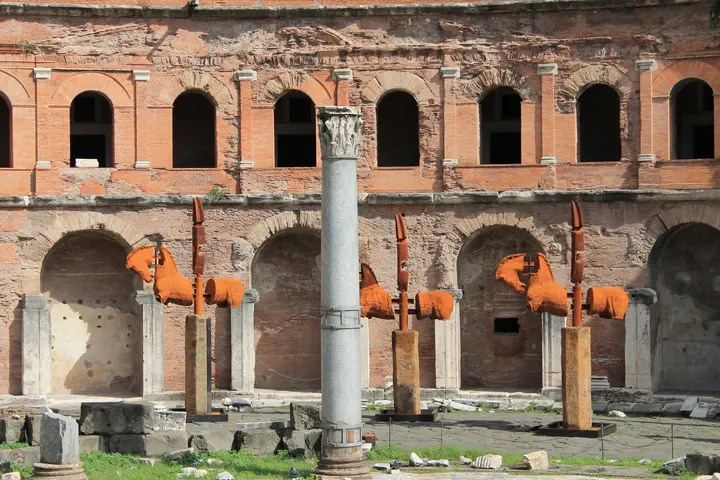
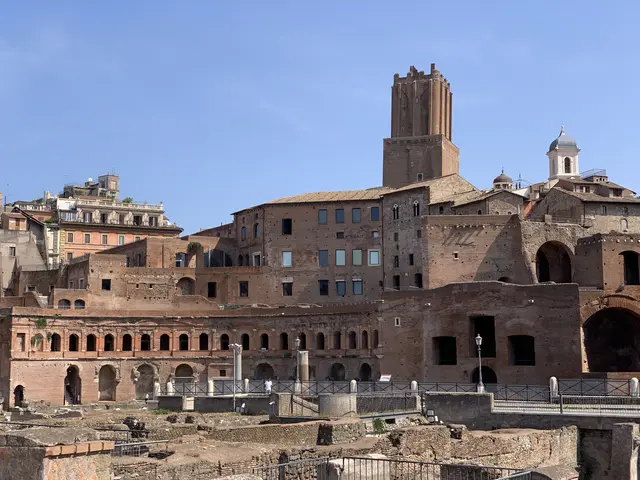
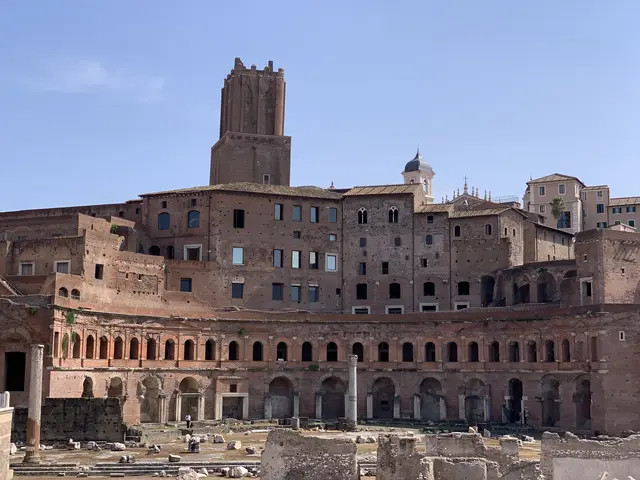
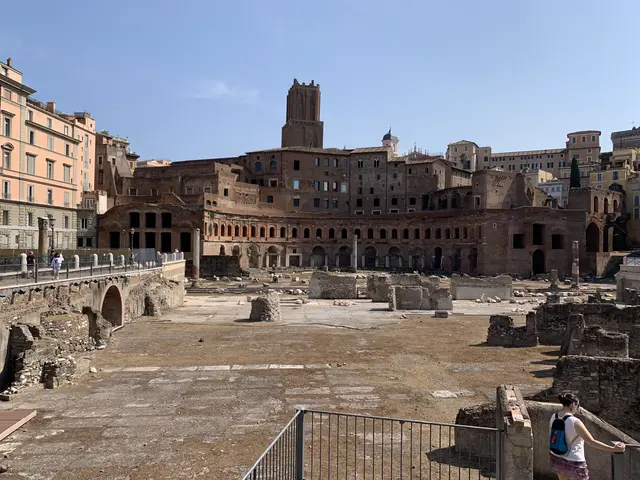
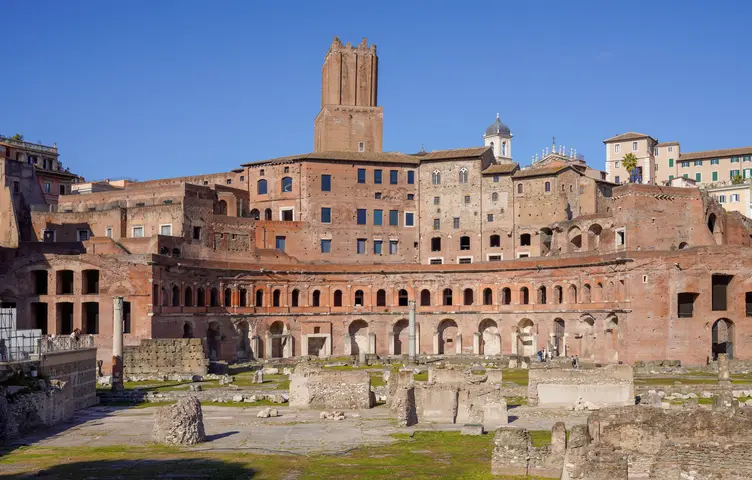
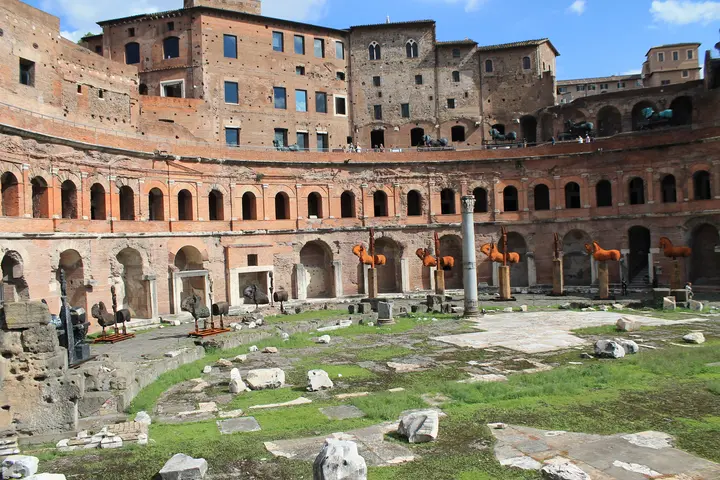
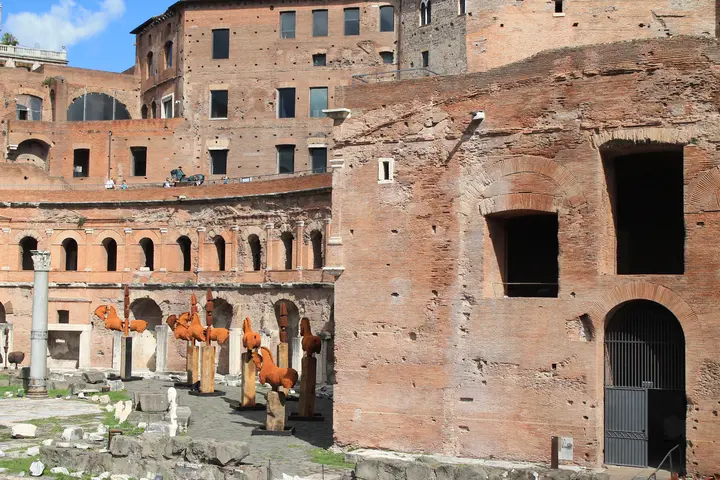
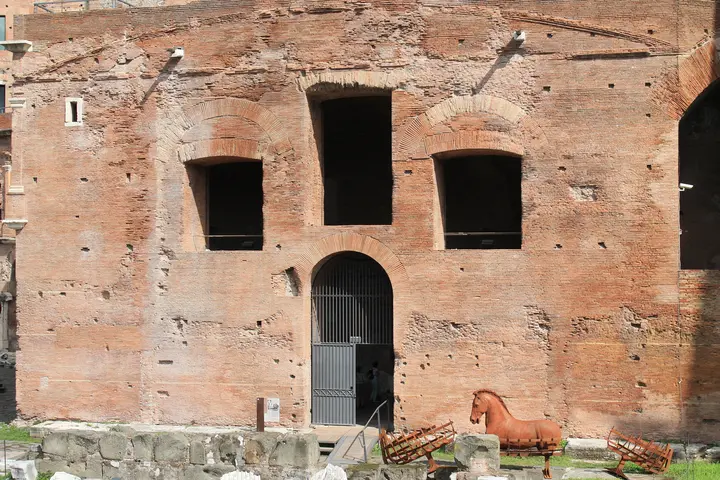
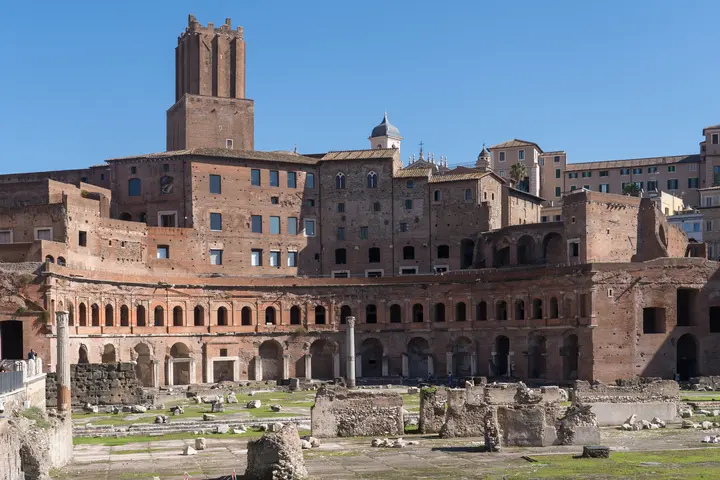
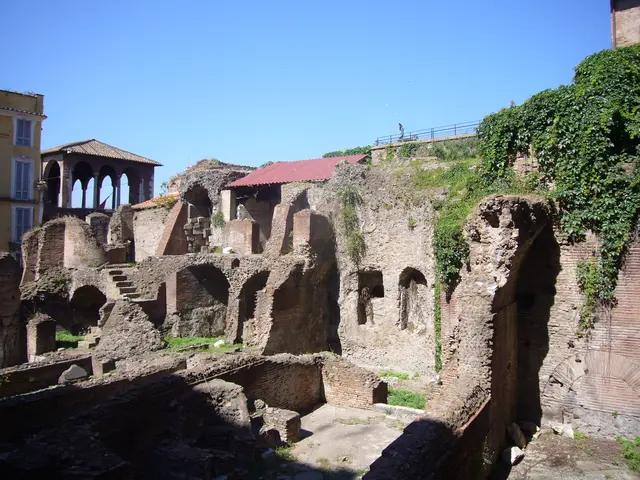
Introduction
Mercati di Traiano Museo dei Fori Imperiali opens a gateway to Rome’s vibrant past, where imperial innovation and everyday life once intertwined. Here, we’ll discover how this Roman monument evolved from bustling administrative hub to medieval fortress, then convent, barracks, and now a living museum. Through stories, legends, and art, we journey together across layers of history—revealing the rich culture and community that give Trajan’s Markets meaning for locals and visitors alike.
Historic Highlights
🏛️ Imperial Ingenuity
Mercati di Traiano Museo dei Fori Imperiali stands as a lasting marvel of Roman engineering. Built as part of Trajan’s Forum and attributed to Apollodorus of Damascus, its six terraced levels hugged the Quirinal Hill, mixing shops, storage, and imperial offices. Think of it as more than “the world’s oldest shopping mall”; today’s scholarship reveals a key administrative and commercial center powered by the wealth of the Dacian Wars.
“A construction unique under the heavens.”
— Procopius, Buildings I.22
🛡️ From Market to Fortress
As Rome’s empire faded, Trajan’s Markets became a stronghold for medieval nobles. With their thick Roman brickwork, they were renamed Castellum Miliciae and adapted into a fortified citadel. The iconic Torre delle Milizie sprouted above the ruins, leaning after a 14th-century earthquake but still commanding attention. According to a popular legend, Emperor Nero once watched Rome’s Great Fire from this same tower—a colorful tale, if not a factual one.
“People called it the Torre di Nerone, believing Nero saw Rome burn from here.”
— Squadrilli, Vicende e monumenti di Roma, 1961
🙏 Convents, Conflict, and Change
By 1574, the markets transformed into the Convent of Santa Caterina da Siena. Dominican sisters, under Peruzzi’s direction, shaped the old halls for sacred use—installing cisterns, chapels, and dormitories. This spiritual interlude lasted through centuries of quiet adaptation until the Italian state claimed the site for military barracks in the 1880s, further altering its ancient fabric.
🏗️ Renaissance, Recovery, and Rediscovery
Trajan’s Markets inspired Renaissance artists and architects, fascinated by its curved brick hemicycle and bold vaults. In the 20th century, Mussolini’s regime cleared away layers of convent and barracks, “liberating” the Roman core. Mussolini even paraded through the excavations, celebrating Rome’s imperial grandeur—while, ironically, erasing traces of medieval and religious lives.
🗝️ Living Heritage
Today, as Mercati di Traiano Museo dei Fori Imperiali, the complex serves as a vivid bridge between Rome’s eras. Locals call it simply “i Mercati,” and the museum’s immersive exhibits—like displays of ancient amphorae linking Roman commerce to modern Italian traditions—offer fresh windows into the rhythms of daily life across centuries.
💡 Visitor Tip
Walk Via Biberatica, once lined with Roman taverns—then pause at the upper terraces for sweeping forum views that have entranced residents and artists for over 1,900 years.
Timeline & Context
Historical Timeline
- 81–96 CE – Emperors begin terracing the Quirinal Hill; Domitian’s brickmarks found here.
- 98–112 CE – Construction under Trajan; complex likely designed by Apollodorus of Damascus.
- 112–113 CE – Markets and Forum of Trajan are inaugurated with Dacian spoils.
- 3rd century CE – Fire damages complex; restored by procurator Horatius Rogatus.
- 10th–13th centuries – Becomes Castellum Miliciae, fortified by aristocratic families; Torre delle Milizie constructed circa 1200s.
- 1348–1349 – Earthquake damages the Great Hall and tower; Renaissance drawings record new ruin state.
- 1574 – Pope Pius V grants the site to the Dominican convent Santa Caterina; large-scale adaptation follows.
- 1885 – The state expropriates the complex; becomes Caserma “Goffredo Mameli” barracks.
- 1926–1934 – Fascist government excavates and restores the site as an ancient monument.
- 2000–2007 – Major restorations and seismic upgrades prepare the complex as Museo dei Fori Imperiali.
- Today – Active museum and cultural landmark; ongoing conservation and community engagement.
Experimental Roman Architecture
The construction of Mercati di Traiano showcased transformative engineering. Its multi-level design adapted ingeniously to the hill’s contours, employing brick-faced concrete not just for strength but as a visible aesthetic. The Great Hall's cross-vaulted concrete ceiling is the earliest known large-scale example in Roman architecture. The Romans left the brickwork exposed—an innovation that set a new standard, influencing Renaissance and even modern design sensibilities. Such experimentation demanded collaboration between imperial vision, skilled architects like Apollodorus, and laborers adept at the era’s cutting-edge concrete technology.
Layers of Use: Administration, Fortification, and Monasticism
While popularly dubbed the “first shopping mall,” evidence now shows the complex’s main roles included administrative offices and the management of Trajan’s Forum—reflected by the 3rd-century inscription for Horatius Rogatus. The lower levels, with tabernae along Via Biberatica, did host shops and storage, but its upper floors were the working heart of Rome’s imperial government. As Rome changed, so did its uses: nobles turned it into a castle, religious orders built convent walls within the ancient arches, and military planners refitted it as a barracks. Each reuse layered new meaning, from a symbol of empire to a defensible home and finally a sanctuary. These adaptations helped preserve the ancient core even as centuries passed.
Forgetting and Rediscovery: Medieval Myths and Modern Science
Over time, knowledge of the complex’s true origins faded. Locals spun legends—like Nero’s watch at the Torre delle Milizie, or mistaking the halls for lost bathhouses. With the Renaissance curiosity about Roman ruins, artists like Giuliano da Sangallo recorded its vaults, while architectural motifs inspired modern palazzi. The 20th-century excavations, guided by political goals as much as archaeology, forcibly revived the Roman phase, often at the expense of post-classical layers—a stark reminder that heritage interpretation reflects present-day priorities. Ongoing research continues to reconstruct the Markets’ layered past, aided by fragments and cutting-edge technology.
Comparative Perspective and Scholarly Contributions
Mercati di Traiano is set apart when compared to sites like Pompeii’s macellum (a single-story open-air market) and the semicircular market of Leptis Magna (which, though grand, never matched Trajan’s scale or architectural daring). Unlike these, Trajan’s Markets was an unprecedented fusion of commercial, governmental, and social functions, its form unprecedented in the empire’s heart. Archaeological and museological scholarship—especially since the 2007 opening of the Museo dei Fori Imperiali—has illuminated its multi-use character and taught us to see imperial Rome’s built environment as both monumental and practical.
Cultural Legacy and Ongoing Challenges
Today’s Mercati di Traiano anchors local pride and identity in the Monti district. Its presence bridges past and present, supporting educational programs and community events, and even inspiring local traditions (such as naming craft beers after Via Biberatica). Yet, preservation demands vigilance: environmental factors, water infiltration, and urban vibrations pose risks. Rome’s authorities, aided by digital technology and international conservation standards, balance the display of authentic layers with ongoing maintenance. The continued resonance of this Roman monument shows how historic spaces—through adaptation and storytelling—remain part of living culture, not just relics of an ancient world.